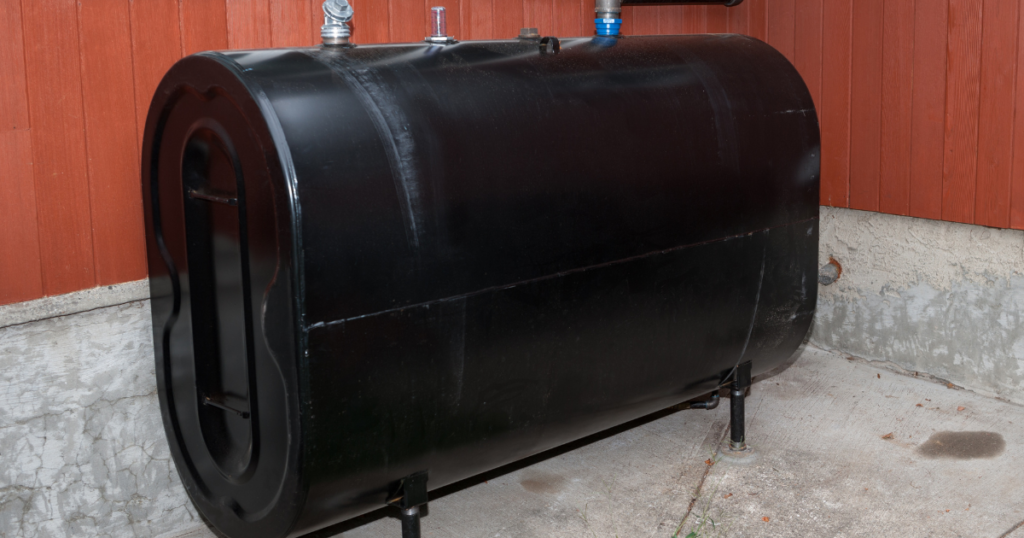Black ice and snow conditions pose significant challenges and potential disasters for oil trucks navigating the roads. These hazardous weather conditions demand heightened caution, strategic planning, and specialized equipment to ensure the safe transportation of oil, a critical resource for various industries.
Black Ice forms When Moisture on the Road Freezes:
One of the primary concerns when it comes to black ice is its near invisibility. Black ice forms when moisture on the road freezes, creating a thin layer of ice that is difficult to detect, especially during nighttime or early morning hours. Oil trucks, with their heavy loads and large dimensions, are particularly vulnerable to the slippery nature of black ice. The lack of friction on these icy surfaces can lead to accidents, spills, and environmental damage.
Risk of Skidding or Losing Control:
Snow conditions further compound the challenges faced by oil trucks. Accumulation of snow on roads reduces traction and increases the risk of skidding or losing control. Additionally, snow can obscure road markings and signage, making navigation even more challenging for truck drivers. The weight of oil trucks, coupled with adverse weather conditions, creates a potential recipe for disaster on wintry roads.
Oil Truck Operators Must Prioritize Safety Measures:
To mitigate the risks associated with black ice and snow conditions, oil truck operators must prioritize safety measures. This includes investing in specialized tires designed for winter conditions. Winter tires offer improved traction and grip on icy and snowy surfaces, reducing the likelihood of accidents. Regular maintenance of these tires is essential to ensure optimal performance throughout the winter season.
Moreover, oil truck drivers must undergo specialized training to handle adverse weather conditions. Training programs should cover topics such as defensive driving techniques, recognizing and responding to black ice, and navigating through snow-covered roads. Well-prepared drivers are better equipped to make split-second decisions that can prevent accidents and protect both themselves and the precious cargo they transport.
Driver Training For Fuel Trucks:
In addition to driver training, technology plays a crucial role in enhancing safety during winter road conditions. Oil truck fleets can be equipped with advanced telematics systems that provide real-time information on road conditions, weather updates, and potential hazards. This data allows drivers to make informed decisions and alter their routes if necessary, avoiding areas with severe black ice or heavy snowfall.
The importance of strategic planning cannot be overstated when it comes to transporting oil in winter conditions. Oil companies and trucking firms must collaborate with meteorological services to receive accurate and up-to-date weather forecasts. This enables proactive decision-making, allowing for the rescheduling of deliveries or adjustments to routes based on anticipated weather patterns.
Furthermore, contingency plans should be in place to address emergencies such as accidents or road closures due to extreme weather. Rapid response teams, equipped with the necessary tools and materials to handle oil spills, should be on standby to minimize environmental impact in the event of a disaster.
Snow Conditions and black Ice:
black ice and snow conditions present a significant threat to the safe transportation of oil by trucks. The combination of slippery roads, reduced visibility, and the potential for accidents requires a comprehensive approach to safety. This includes investing in specialized equipment, providing extensive training for drivers, leveraging technology for real-time information, and implementing strategic planning measures. By prioritizing safety, the oil industry can ensure the reliable and secure delivery of this vital resource even in the harshest winter conditions.




